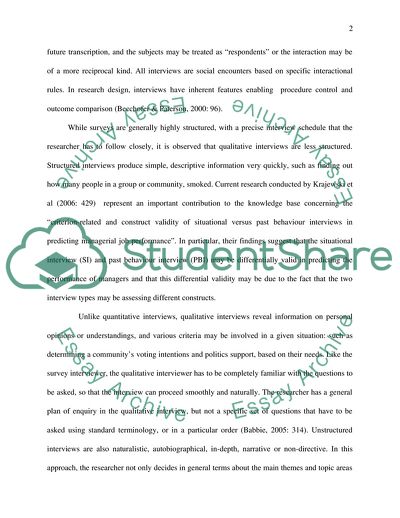Cite this document
(The Strengths and Weaknesses of Different Forms of Interviewing Assignment, n.d.)
The Strengths and Weaknesses of Different Forms of Interviewing Assignment. https://studentshare.org/education/1713349-research-and-evaluation
The Strengths and Weaknesses of Different Forms of Interviewing Assignment. https://studentshare.org/education/1713349-research-and-evaluation
(The Strengths and Weaknesses of Different Forms of Interviewing Assignment)
The Strengths and Weaknesses of Different Forms of Interviewing Assignment. https://studentshare.org/education/1713349-research-and-evaluation.
The Strengths and Weaknesses of Different Forms of Interviewing Assignment. https://studentshare.org/education/1713349-research-and-evaluation.
“The Strengths and Weaknesses of Different Forms of Interviewing Assignment”. https://studentshare.org/education/1713349-research-and-evaluation.


